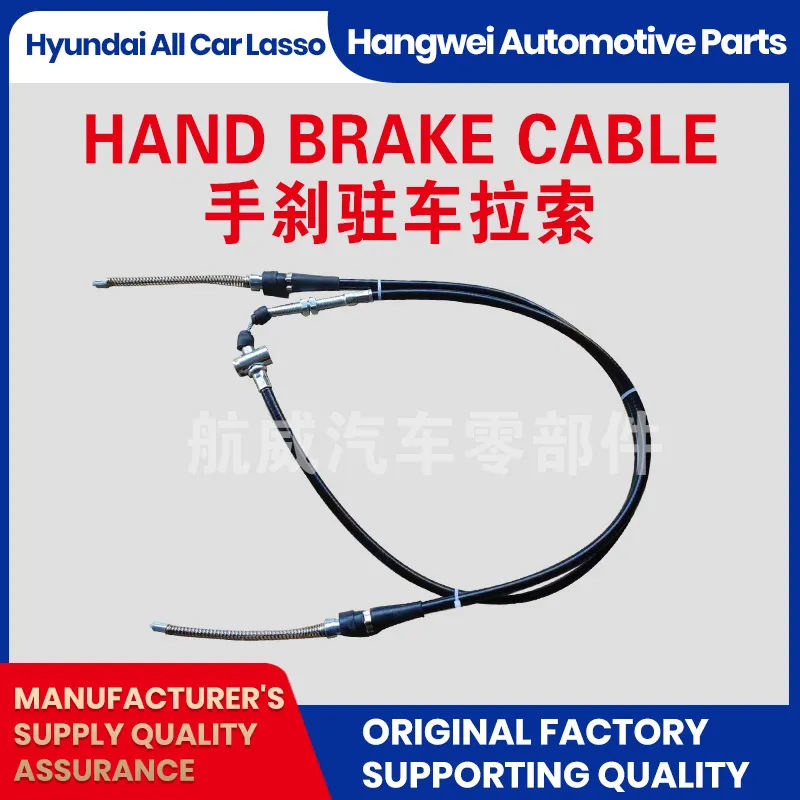High-Performance Stainless Steel Clutch Line for Enhanced Vehicle Durability and Reliability
The Importance of Stainless Steel Clutch Lines in Automotive Engineering
In the world of automotive engineering, even the smallest components play a crucial role in the performance and safety of a vehicle. One such component that often goes unnoticed is the clutch line. Specifically, stainless steel clutch lines have gained significant attention for their superior durability and performance compared to traditional rubber variants. In this article, we will explore the advantages of stainless steel clutch lines, their applications, and their impact on vehicle performance.
Understanding Clutch Lines
Clutch lines are essential for manual transmission vehicles, linking the clutch pedal to the clutch mechanism. When the driver presses the clutch pedal, hydraulic fluid travels through the clutch line to disengage the clutch, allowing for smooth gear transitions. A malfunction in this system can lead to difficulties in changing gears and may even cause the clutch to fail completely.
Traditionally, clutch lines have been made from rubber or synthetic materials. While these materials can be effective, they have limitations. Rubber can deteriorate over time due to exposure to heat and pressure, leading to leaks, which can compromise the entire clutch system. This is where stainless steel comes into play.
Advantages of Stainless Steel Clutch Lines
1. Durability Stainless steel is known for its resistance to corrosion and chemicals. Unlike rubber, which can deteriorate from exposure to oil, heat, and moisture, stainless steel clutch lines maintain their integrity over time. This durability ensures a longer lifespan, reducing the frequency of replacements and maintenance.
2. Pressure Resistance Stainless steel can withstand higher pressures than rubber lines, making it ideal for high-performance vehicles where the clutch system may experience extreme conditions. This capability minimizes the risk of bursting or failing under stress, providing peace of mind to drivers.
stainless clutch line

3. Improved Performance Stainless steel clutch lines enhance pedal feel and response. The reduced flex and expansion of the line under pressure lead to more consistent hydraulic pressure, allowing for smoother and more precise clutch engagement. Drivers often report a more connected and polished driving experience after switching to stainless steel lines.
4. Aesthetic Appeal Beyond functionality, stainless steel lines add a sleek, professional look to the vehicle's engine bay. For car enthusiasts and those pursuing aesthetic upgrades, the visual appeal of braided stainless steel can complement other performance modifications.
5. Ease of Installation Most stainless steel clutch line kits are designed to be direct replacements for factory-installed lines, making installation straightforward for DIY enthusiasts. Many kits come with all necessary fittings and hardware, enabling users to upgrade easily without extensive modifications.
Applications in Automotive Performance
Stainless steel clutch lines are increasingly favored in various automotive applications, particularly in performance cars, racing vehicles, and classic car restorations. Enthusiasts looking to maximize their vehicle's performance and reliability often consider these lines as essential upgrades. Additionally, many manufacturers now offer stainless steel clutch lines as OEM options, highlighting their growing acceptance in mainstream automotive design.
Conclusion
In conclusion, stainless steel clutch lines represent a significant improvement over traditional rubber lines in terms of durability, performance, and aesthetics. As vehicles become more advanced and demanding, the need for reliable and high-performing components becomes even more critical. For drivers who value performance, safety, and longevity in their vehicles, investing in stainless steel clutch lines is a worthy consideration.
Whether you're a racing enthusiast pushing the limits of your vehicle or a daily driver seeking peace of mind, stainless steel clutch lines can deliver the performance and reliability that modern vehicles need. As the automotive industry continues to evolve, innovations like these will play a pivotal role in shaping the future of vehicle performance and safety.
-
Upgrade Your Vehicle with High-Quality Handbrake CablesNewsNov.01,2024
-
Optimize Your Bike's Performance with Quality CablesNewsNov.01,2024
-
Enhance Your Vehicle's Performance with Quality Clutch ComponentsNewsNov.01,2024
-
Elevate Your Vehicle's Performance with Quality Throttle CablesNewsNov.01,2024
-
Elevate Your Vehicle's Performance with Quality CablesNewsNov.01,2024
-
Affordable Solutions for Your Cable NeedsNewsNov.01,2024
